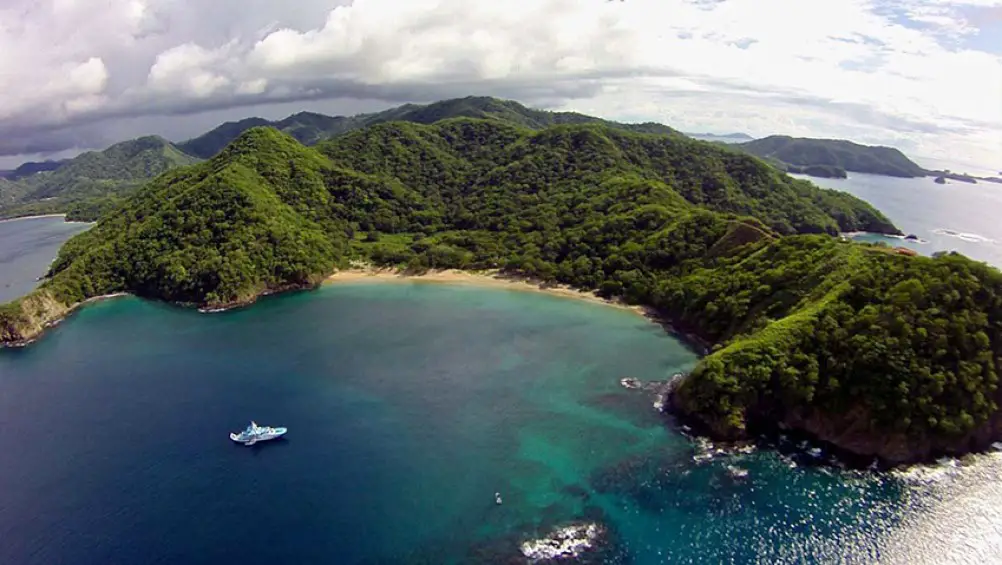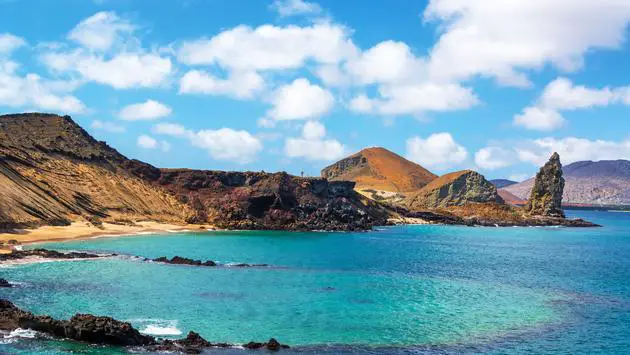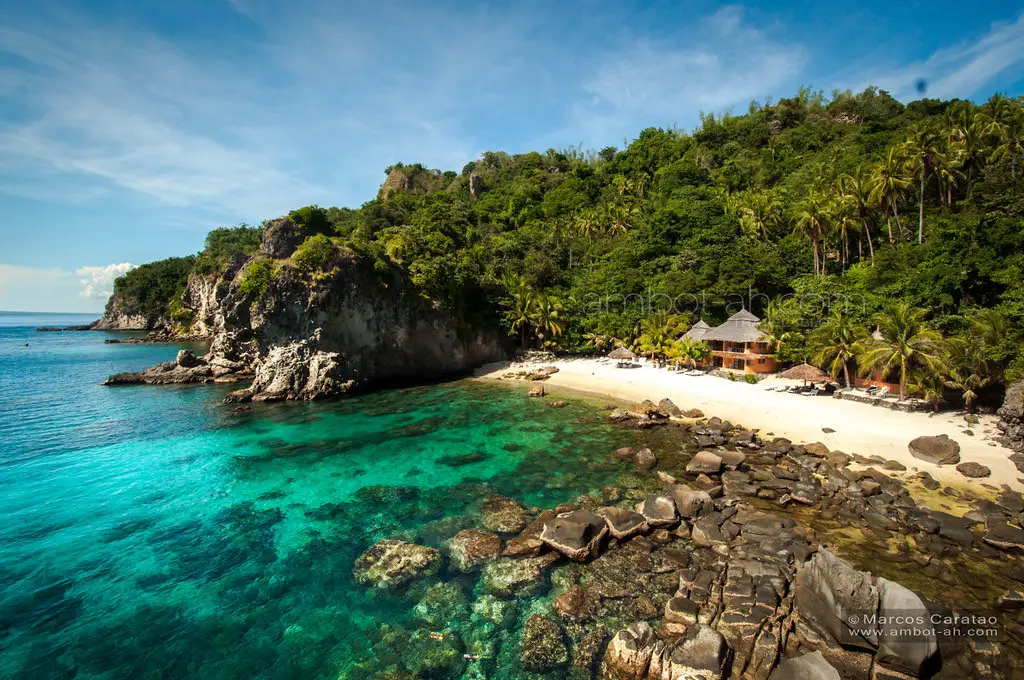Scuba diving, Discover now the 5 best places to dive with hammerhead sharks! Scuba diving with hammerhead sharks is one of a kind scuba diving experience that you will have. You’ll always remember the first time you encounter this bizarre animal. To see one is spectacular; to see swarms of them cruising around you is completely stunning! Hammerheads are not aggressive shark and aren’t viewed as dangerous to people.
Even though they have the sheer size and predatory nature of the Great Hammerhead, it implies an alert needs to be taken when diving with these ancient goliaths consistently. They don’t have many attacks on record, yet you should never preclude it, particularly in remote diving territories. The Squat-headed and Scalloped Hammerhead Sharks are on the imperilled species list.
Scuba diving
Extraordinary consideration ought to take in the protection and safeguarding of this shark and its environmental condition.
The accompanying hammerhead dive’s entirety is for experienced advanced divers with great buoyancy because of the; solid flows, unpleasant conditions, and depth of the sites. Hammerheads can live long, which can range from 30 to 40 years. The largest of the 9 species is the Great Hammerhead, which can grow up to 6 meters long and weigh up to 450kg’s.
However, the normal size of most species is around 4 meters and 230kg’s. They can be found from all over the world, most especially in tropical and calm waters. They use their insane formed head as a chasing instrument with eyes on either and the end of their head. Scuba diving implies that they can really observe see than most sharks, improving their capacity to discover prey. They have numerous sensors along with the width of their head that send out electrical charges. To find prey even buried underneath the sand. Those are carnivores and their preferred nourishment stingrays. They think carefully to stick the beam’s wings to the ocean bottom so it can’t get away. We’ve discovered some of the saltine dive here for you around the globe. So, you can encounter true diving with hammerhead sharks.
5 Best Place to Dive with Hammerhead Sharks
Hammerheads are aggressive trackers, though they don’t actively search out human prey. They are protective and will attack whenever incited or provoked.
Although people have nothing to worry about or fear of hammerheads on rare events, bigger sharks can attack people. This present shark’s phenomenally little mouth is more fit to eat fish than individuals!
Single sightings tend to happen close to the shore through maritime islands and ocean mounts to explore. Hammerheads are regularly seen in mass summer relocations looking for cooler water.
Here is the list of among the best areas for hammerhead shark sightings.
Socorro Island, Mexico

The Socorro Islands are a diver’s heaven offering once in a lifetime experiences with the sea’s biggest animals. This is one of the main places on the planet where you can swim with a hammerhead shark!
Situated in the remote Pacific Ocean off southernly Baja California. Socorro is the biggest island in the Revillagigedo Archipelago and a hotspot for all the expensive creatures. It is conceivable to spot everything from mammoth maritime manta rays to bottlenose dolphins and, of course, several hammerheads. Likewise, some portion of the archipelago is Roca Partida. A singular stone ascending from the water like a humpback’s tail. Here you can frequently observe scalloped hammerheads alongside colossal schools of pelagic fish, as well as yellowfin fish.
The Socorro Islands are a destination that must be on each diver’s list. Close experiences with Mantas and Hammerhead Shark; you will be an encounter that you can recall for the rest of your lives!
Best Time to Visit:
- April to June
Climate & Sea conditions:
These excursions are just accessible when the oceans are at their calmest from;
- November as far as possible of May
Because of the uncovered area and climate conditions the remainder of the year.
During this time, the water temperature changes from around 28C in the period of November, gradually dropping to 21C by February and afterwards ascending back up to 26C by May.
The permeability all through this time is variable with regularly the more terrible viz in November and December. However, it all relies upon the climate and flows, yet it’s completely clear when it’s acceptable, permitting you to see over 40m.
Cocos Island, Costa Rica

Several Hammerhead Sharks, astounding marine life and the blue vast sea. Cocos Island is a once in a blue moon diving destination that any shark sweethearts must dive.
Staying regarding the matter of remote islands and liveaboards. In June and July, the excursion to the marine national park around Cocos Island from the Costa Rican territory takes 36 hours.
You’ll most likely concur that the intersection merits each subsequent when encompassed by tremendous schools of scalloped hammerheads.
Cocos Island is an island approx 550km off the shoreline of Costa Rica of structural and volcanic birthplace. Uniting supplement rich flows from the close by depth water pulls in the enormous schools of pelagic life. In Hammerhead Sharks’ location, to be more specific, make the territory a top of the line diving destinations.
With such a large number of superb jump locations at Coco’s, divers are; spoilt for the trip and won’t be frustrate with travelling the place. This is truly a devote diving location that experienced divers ought to embrace because of the climate conditions.
However, it is one that any diver will recall for the rest of their lives.
Best Time to Visit
- May to September
Climate & Sea conditions:
The island has a tropical atmosphere with high dampness and precipitation interchanges with daylight consistently. Indeed, even so, there are two seasons. The drier season runs from December to May and is where the oceans are calmest and have the best permeability.
June to November is the rainier season, which, even though it has more downpour, choppier oceans and marginally less permeability, is really the best time of the period to dive. Cocos Island is one of the best places to visit in the month of August.
This is because of the supplement upwells that it causes, which draw in amazing huge schools of hammerheads, different sharks and huge mantas.
Galapagos Islands

An outing of a lifetime! The Galapagos is one of the last places on the planet where you can get the opportunity of diving with the gigantic group of Hammerhead Sharks.
The Galapagos Islands comprise 13 fundamental islands and 6 littler isles approx that Ecuador claims and are approx 1000km off of its coast.
Acclaim for its one of a kind marine life, such as Giant Tortoises, Penguins, Sealions, marine iguanas, different types of jellyfish and bunches of various feathered creature species which were totally concentrated by Charles Darwin and helped lead to his Theory of Natural Selection.
Just as the remarkable island natural life ashore beneath the earth’s surface is similarly one of a kind because of the intermingling of cold-water flows from the Antarctic and warm water from the tropics permitting warm and cold-water species to exist together.
Indeed, even by Galapagos guidelines, Darwin and Wolf’s islands are remote and just available by liveaboard. They’re definitely justified even despite the journey.
However, when you’re making a dive from March and April with actually hundreds and some of the time a huge number of hammerheads. In general, they will be inhabitation during prime manta season, so this is an incredible opportunity to tick off two works of art.
Best Time to Visit
- December to May
Climate & Sea conditions:
There are two seasons in the Galapagos islands, a wet and hot season from December through May, which brings difficult situations. The dry and cool season from June through November, with more quiet oceans. The wet season may have rained. However, most days will, in any case, be warm and radiant.
Water temperature is variable, similar to the atmosphere, and is hotter in Wolf and Darwin’s northernmost islands than the southern islands.
September to November are the coldest months, and February to April the hottest. Thermoclines are available, which can drop the water temperature by up to 5C.
Dauin, Philippines

With current emergency clinics, offices, specialists, dental specialists, general stores and migration offices.
Dumaguete is a simple base for diving for the field. Likewise, there are various land-base activities here, including canyoning, cascades, trekking, natural aquifers, city and lake tours. The city has a dock and air terminal, making simple access to numerous different areas in the Philippines.
14km south of Dumaguete is the little beachfront town of Dauin. World’s popular for much diving volcanic dark sand, numerous divers contrast destinations to dive in the Sulawesi.
Apo Island is extremely well known as one of the main working marines; to ensure territories in the Philippines. Staggering reefs with a plenitude of marine life and turtles ensured on most dives.
Sumilon and Siquijor offer incredible wall diving where it is conceivable to see mantas, sharks and even whale sharks. Additionally, it is simple to get to the islands of Siquijor, Sumilon Islands, and Bohol.
Diving around Dumaguete amazingly fluctuates. Heading out south down to drift drives will probably the best shore filth diving destinations in the Philippines, off of the beachfront town of Dauin. Not far from the shore is famous.
Apo Island, with dazzling and all around safeguarded coral reefs. The territory is ensured by a few fruitful marine havens that are home to some uncommon types of marine life.
Parrotfish, flag fish, triggerfish, moray eels, snappers, surgeonfish, fusiliers, lionfish, and wrasses are on the whole popular sightings, with sharks and mantas infrequently swimming through.
The entire district is perfect for large scale diving and photography and is appropriate to all types of divers. There is an assortment in wreck dive, drift dive, walls, and delicate loosened up dive all through the zone.
Best Time to Visit
- January to February
- November to December
Climate & Sea conditions:
Every locale has its own small-scale atmosphere. However, most tend to follow the basic pattern; summer is during the long periods of May September. Winter from October to January and spring from February to April.
Dumaguete has 2 particular seasons. The dry season from December to May, with the hottest months being April and May; at that point, the wet season is from June to November.
The normal most extreme temperature for this area is 34 degrees Celsius, with the least dropping to 23 degrees Celsius.
Storm season is formally from June to October and hits the northern finish of the Visayan area. Being beneath the official tropical storm belt Dumaguete doesn’t have a hurricane season.
Bimini, Bahamas

This is a spectacular dive! There are only a few dives where you can get so near to such a huge shark without a cage. A portion of the incredible hammerhead sharks can be more than four meters long, and you can get more than 10 sharks on certain dive.
Scuba diving is a breathtaking experience. The Bahamas offer clear, warm blue waters and incredible perceivability. This is a shallow dive giving you a lot of time to go through with the hammerhead sharks.
Bimini has risen as the best location on earth to experience these astounding predators. They have sidestepped scuba divers for quite a long time, with most simply getting a far-off snap of a shark-like shadow instead of anything near what it offers. You can dive with extraordinary hammerheads from December to April as this is the main time these subtle mammoths come closely, so we prescribe booking great ahead of time.
Bimini lays 81km (53 miles) due east of Miami, just on the bay stream’s opposite side. The closeness to the United States made it the perfect spot for a seaward speakeasy during disallowance. One of the most well-known wrecks to dive, the ‘Sapona’, was used to store liquor during this time. Bimini is made with two principal islands, South Bimini and North Bimini, alongside many little cays. Bimini is encompassed by a portion of the world’s top major scuba diving grounds sitting on the mainland rack’s very edge.
Best Time to Visit
- December to April
Climate & Sea conditions:
Bimini has a subtropical atmosphere with a normal of 340 days of daylight during the year. The sea breezes moderate the mugginess.
From December through May, air temperatures are 18°C – 25°C (65°F – 77°F). From June through August, they are 24°C – 33°C (75°F – 91°F).
The waters are warm and, by and large, quite consistently. The diving season is all year. Indeed, even in the stormy season, the water is clear. This astonishing permeability is expected to no overflow from the land, whose permeable limestone retains almost all precipitation for all intents and purposes.
The tropical storm season is from June through November, despite the probability of a tempest being most noteworthy from August through November.
Conclusions:
Are you planning to go on scuba diving with hammerhead sharks?
Hopefully, these lists of the world’s best diving places with hammerhead sharks will help you.
Don’t forget to bring with you your camera and make sure you have your PADI certification before you go on your scuba diving trip!
We wish you luck with your scuba diving with hammerhead shark adventures. We will love to catch some of the other incredible destinations you’ve found and see recordings and photographs of your best hammerhead shark dive.
